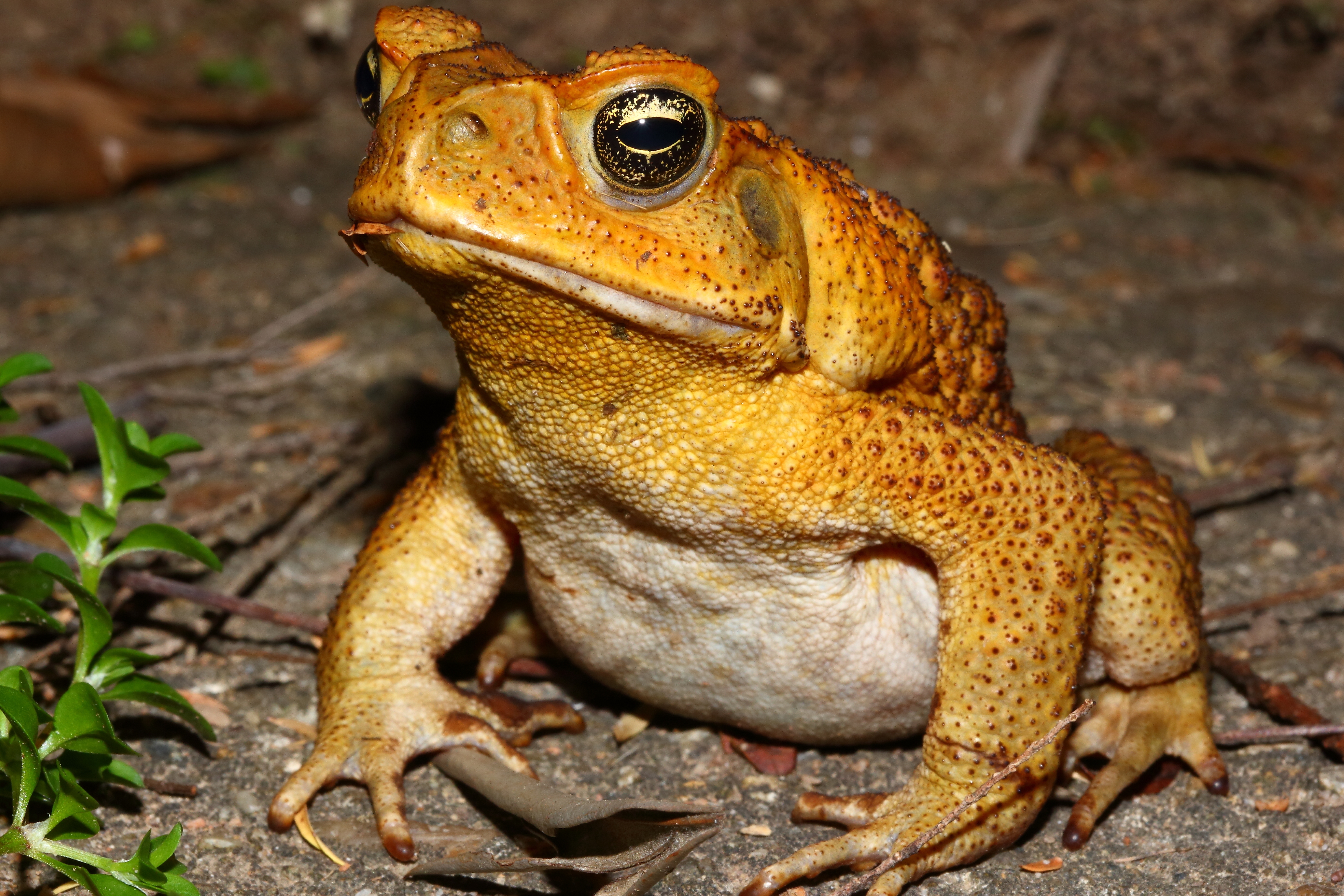Forget UFOs from faraway planets – there’s an Earth-borne type of alien we might need to be worried about. According to a major new report, invasive alien species could pose a significant global threat to nature and humans alike.
Alien species are organisms that humans have introduced to areas other than their natural habitat, intentionally or not. The report, compiled by the Intergovernmental Platform on Biodiversity and Ecosystem Services (IPBES), estimated that there are over 37,000 such species worldwide, with 200 new ones recorded each year.
Among the 37,000 are a subset of species that like to take things up a notch, becoming established, spreading out, and having a negative impact on the surrounding environment whilst doing so. The report states that there are over 3,500 invasive alien species globally, including animals, plants, and microbes. It also suggests that they present a serious danger to wildlife, human health, and food security.
“Invasive species have become one of the five horsemen of the biodiversity apocalypse that is riding down harder and faster upon the world,” said Inger Anderson, executive director of the United Nations Environment Programme, in a statement.
Putting it slightly more statistically, co-chair of the report Anibal Pauchard explained:
“Invasive alien species have been a major factor in 60 percent and the only driver in 16 percent of global animal and plant extinctions that we have recorded, and at least 218 invasive alien species have been responsible for more than 1,200 local extinctions. In fact, 85 percent of the impacts of biological invasions on native species are negative.”

The cane toad is also an invasive species in Haiti, Jamaica, and Barbados.
Image credit: Mr F/Shutterstock.com
These alien invaders aren’t a new development either. A well-known example mediated by humans was the introduction of the cane toad to Australia in 1935. Although the species was meant to control the pesky, sugarcane-munching cane beetle, cane toads instead caused an ecological catastrophe, running rampant on native fauna and poisoning predators with their skin.
Whilst invasive species have been around for a long time, the report puts forward that their threat is increasing rapidly and that the risk isn’t just to wildlife – humans can be impacted too.
According to the study, invasive species have affected fishing, food security, and livelihoods across the planet. On the northeast coast of America, the European shore crab has digested commercial shellfish beds, whilst in Lake Victoria, one of the African Great Lakes, local fisheries have been affected by the spread of water hyacinth and its role in the depletion of the native tilapia population.
Invasive species also play a part in human health and disease transmission, with some plant species producing highly allergenic pollen and insects such as mosquitoes contributing to the spread of malaria, Dengue fever, and the Zika virus. The report further found that disease-related invaders have a disproportionate impact on specific communities, such as Indigenous peoples and migrants.
With 45 percent of countries not currently investing in managing invasive species, the study makes recommendations for how they can be tackled in the future.
“Prevention is absolutely the best, most cost-effective option – but eradication, containment and control are also effective in specific contexts,” said Pauchard.
“Ecosystem restoration can also improve the results of management actions and increase the resistance of ecosystems to future invasive alien species. Indeed, managing invasive alien species can help to mitigate the negative effects of other drivers of change.”
Whilst recognizing the level of commitment required to achieve control over invasive species, the authors of the report are hopeful that it is achievable.
“The good news is that, for almost every context and situation, there are management tools, governance options and targeted actions that really work,” concluded Pauchard.
A summary of the report is available here.
Source Link: Invasive Alien Species Pose A Major Global Threat To Wildlife And Humans